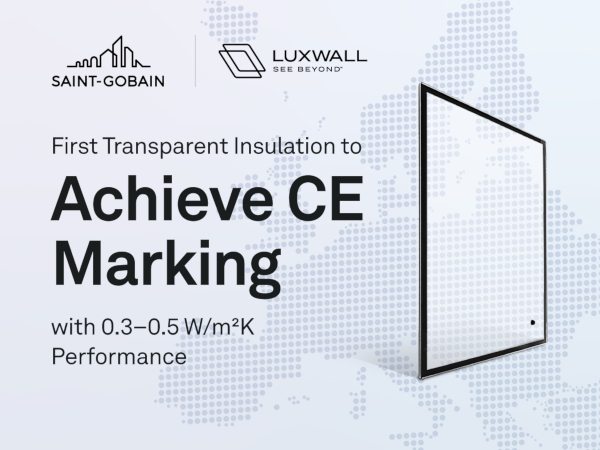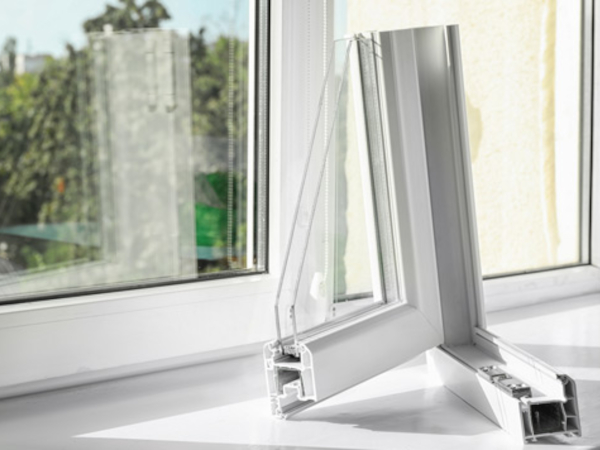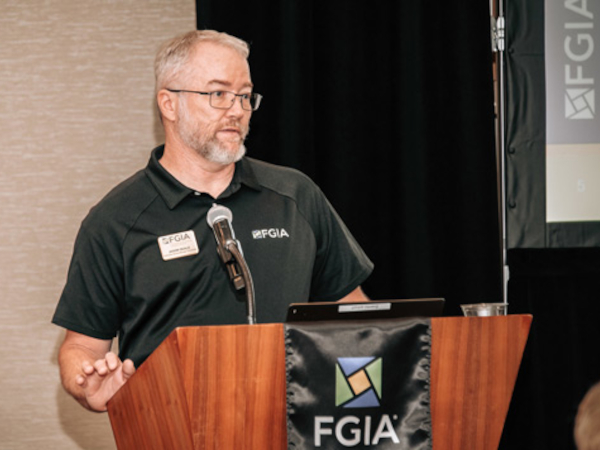
Date: 18 November 2025
With growing concern over the rise of indemnity policies being used in place of proper certification, FENSA is warning that installers must take the lead in safeguarding standards by ensuring every installation is correctly certified. We report.
In the world of window and door installations, few documents carry as much importance as a FENSA certificate. It’s the homeowner’s proof that the installation meets Building Regulations, that it’s safe, energy efficient, and properly registered with the local authority.
Yet, all too often, when a certificate is missing, the solution offered is not compliance but convenience: an indemnity policy. And that, warns FENSA, is a growing problem that puts both homeowners and the wider industry at risk.
Indemnity policies are often presented as a quick fix when a property is sold without the right certification. They can seem reassuring - a neat piece of paperwork that allows the sale to proceed. But while they may satisfy a solicitor’s checklist, they do nothing to verify that the installation is compliant, safe, or efficient. In effect, they conceal the issue rather than solve it.
“An indemnity policy gives a false sense of reassurance,” says Sam Davies, FENSA Technical Manager. “It doesn’t check the installation, it doesn’t verify compliance, and it doesn’t protect the homeowner. The real risk remains, buried in the fabric of the property.”
When an installer is not registered with a competent person scheme like FENSA, the responsibility for compliance falls on the homeowner. Many don’t realise that replacing windows and doors is classed as notifiable work, meaning it must be legally reported to building control.
Without that notification - through a FENSA certificate or a local authority inspection - the work is technically illegal.
“If an installation isn’t notified, it’s unregulated,” Sam explains. “That means it hasn’t been checked for compliance with building safety or energy efficiency standards. A homeowner could be sitting on unsafe non-compliant work without even knowing it, which is obviously a huge safety risk.”
The consequences often only surface years later, when the property is attempted to be sold. Missing certification can delay transactions, reduce property value, or result in costly remedial work to prove compliance retrospectively.
Indemnity insurance won’t help in those cases. It doesn’t fund repairs or upgrades; it simply offers financial cover if a local authority acts - something that rarely happens but leaves the homeowner with an uncertified, potentially substandard installation.
For installers, the message from FENSA is clear: offering a certificate isn’t just a regulatory box to tick, it’s a vital part of building trust and professionalism.
Being FENSA-approved means being able to self-certify that every installation meets current regulations, sparing customers the cost and complexity of dealing with building control. It also provides the legal proof that homeowners, conveyancers, and lenders increasingly expect.
“A FENSA certificate is the difference between reassurance and risk,” says Sam. “It tells a homeowner that you care about doing things properly, that your work stands up to scrutiny, and that you take compliance seriously.”
The wider implications extend far beyond individual properties. As the industry faces growing pressure to meet sustainability goals and higher energy standards, the absence of proper certification undermines confidence in the entire sector.
Homeowners are becoming more discerning, and they want evidence of compliance. For installers, being part of FENSA is both a mark of professionalism and a competitive advantage. It signals that their work contributes to a regulated, accountable, and energy-conscious industry.
But according to Sam, the glazing sector must also confront a cultural issue - a lingering belief that certification is an administrative burden rather than a core part of quality assurance.
“We have to move beyond the idea that compliance is just paperwork,” he says. “It’s about safety, efficiency, and long-term assurance. Indemnity policies can’t deliver that. Only certification can.”
Ultimately, offering a FENSA certificate is not only the right thing to do, it’s essential to maintaining the integrity of the profession. Installers who provide certificates protect their customers, their reputation, and the market itself. Those who don’t may leave behind a legacy of uncertainty and risk that will surface long after the job is done.
Because in the end, a FENSA certificate isn’t just proof of compliance. It’s proof of competence. And that’s something no indemnity policy can ever replace.
For more information about FENSA and how it can support your business’ growth, please visit www.fensa.org.uk or call 020 7645 3700.

 600450
600450








Add new comment